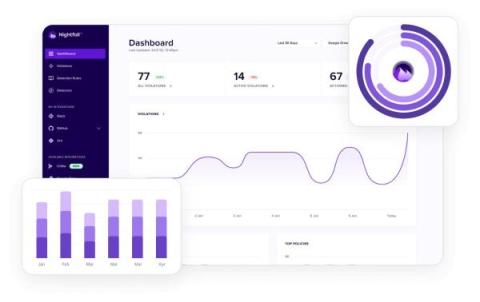Lessons learned from the Google trade secret theft indictment
On Wednesday, March 6th, 2024 the US Attorney’s Office of Northern California announced that a federal grand jury had indicted Linwei Ding on four counts of trade secrets theft. Ding was arrested in Newark, California and now faces up to 10 years in prison and a fine of $250,000. We did a deep dive into the indictment to understand what happened and help security leaders and practitioners apply lessons to their own information security practice. Read on to learn more!











